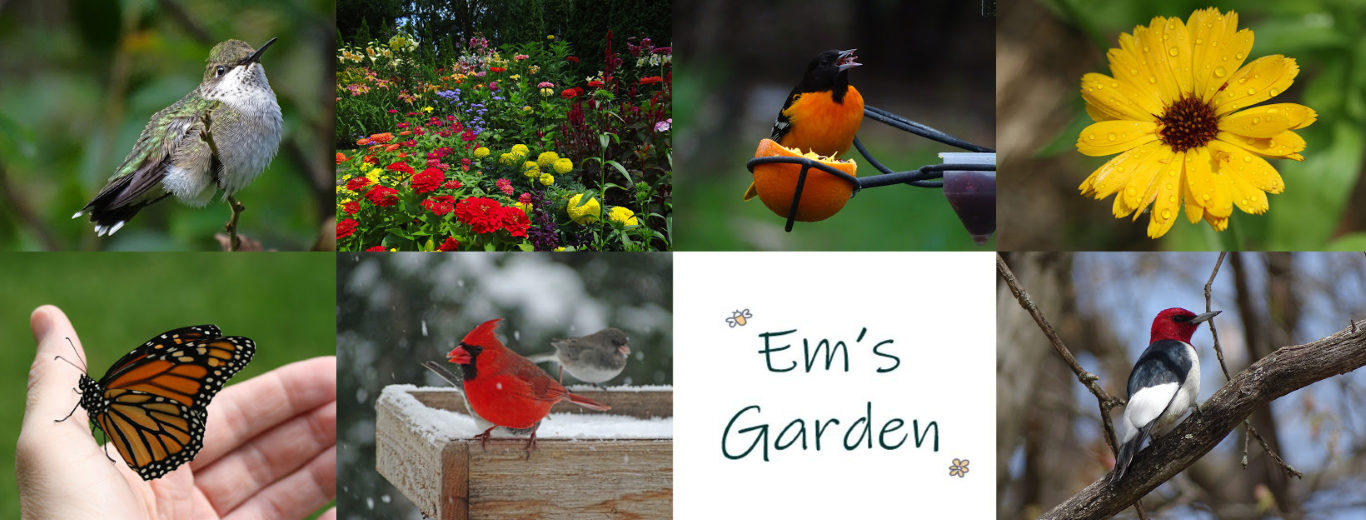Just when I finally got all my lilies protected from chewing rabbits (lots and lots of chickenwire), a new enemy entered the scene.
One day in early July I was admiring one of my newly-blooming Orienpet lilies from the window when I saw the whole thing topple as if someone had taken a tiny chainsaw to the bottom of the “trunk.” I ran outside to try to find the offending rabbit or chipmunk, but I didn’t see any culprits. That lily was cut off so far down the stalk that it’s not going to have enough green matter to put energy back into the bulb to survive. Or if it does survive, it will probably be years before I see blooms again.
Two weeks later I was weeding my flowerbeds when I spotted the remains of that downed stalk. It had little white pellets on it. They looked like little pieces of white rice. I remembered I had seen this once before.
On the day that lily fell, I had trimmed the 4-foot stalk to a manageable size so I could take the flowers inside and put them in a vase. But the rest of the stalk was still sitting on our compost heap. I dug it out and sliced it open and sure enough, there was my little nemesis—a stalk borer (Papaipema nebris).
He chowed down on the inside of the stalk until it couldn’t hold the weight of the blooms anymore and the whole lily toppled.
This pest feeds on more than 200 species of plants and has been especially damaging to certain crops like corn. And it’s been around a long time. In 1927 the stalk borer was listed among the ten most destructive insects in the United States.
I was able to find the hole where the larva entered. Its parent is a plain old boring brown moth.
According to research at the Penn State Extension, “The larvae are ferocious and aggressive, and will fight any other insects or larvae they encounter. One seldom finds more than one larva per plant.” It also recommends controlled burning of the ground cover to kill the eggs. Well that’s not going to happen in the city of Madison, so it’s possible that one by one my lilies will topple. A second one fell about two weeks after the first one, and I found a borer in that one as well.
Orienpet lilies are one of my favorite summer garden plants. They add so much color and fragrance to the July garden. But I was already living on borrowed time as the Lily Leaf Beetle that destroys whole lily plants has been moving across the country and was already spotted in our area in 2020.
I was tempted to order a couple of lily bulbs to plant this fall to replace the ones that toppled (plus a few that I lost in a polar vortex a few years ago), but now that I know this borer will probably be back again next summer and the lily leaf beetle is not far behind, it’s probably not worth my time and effort.



